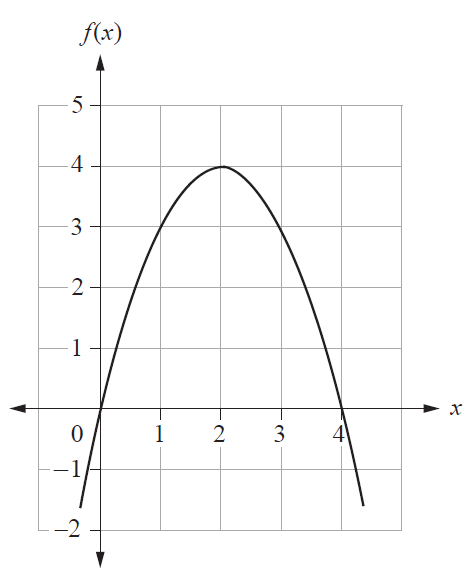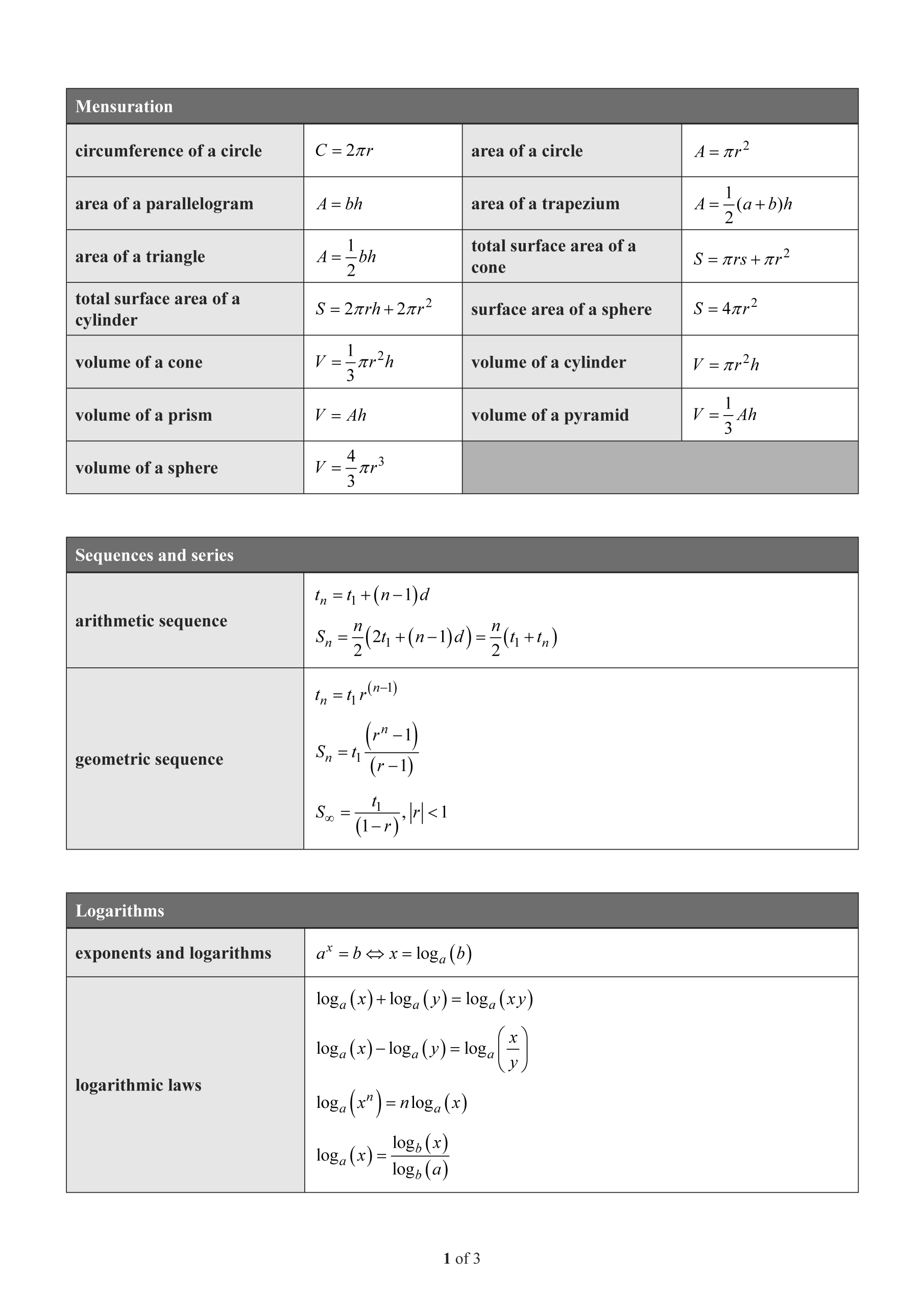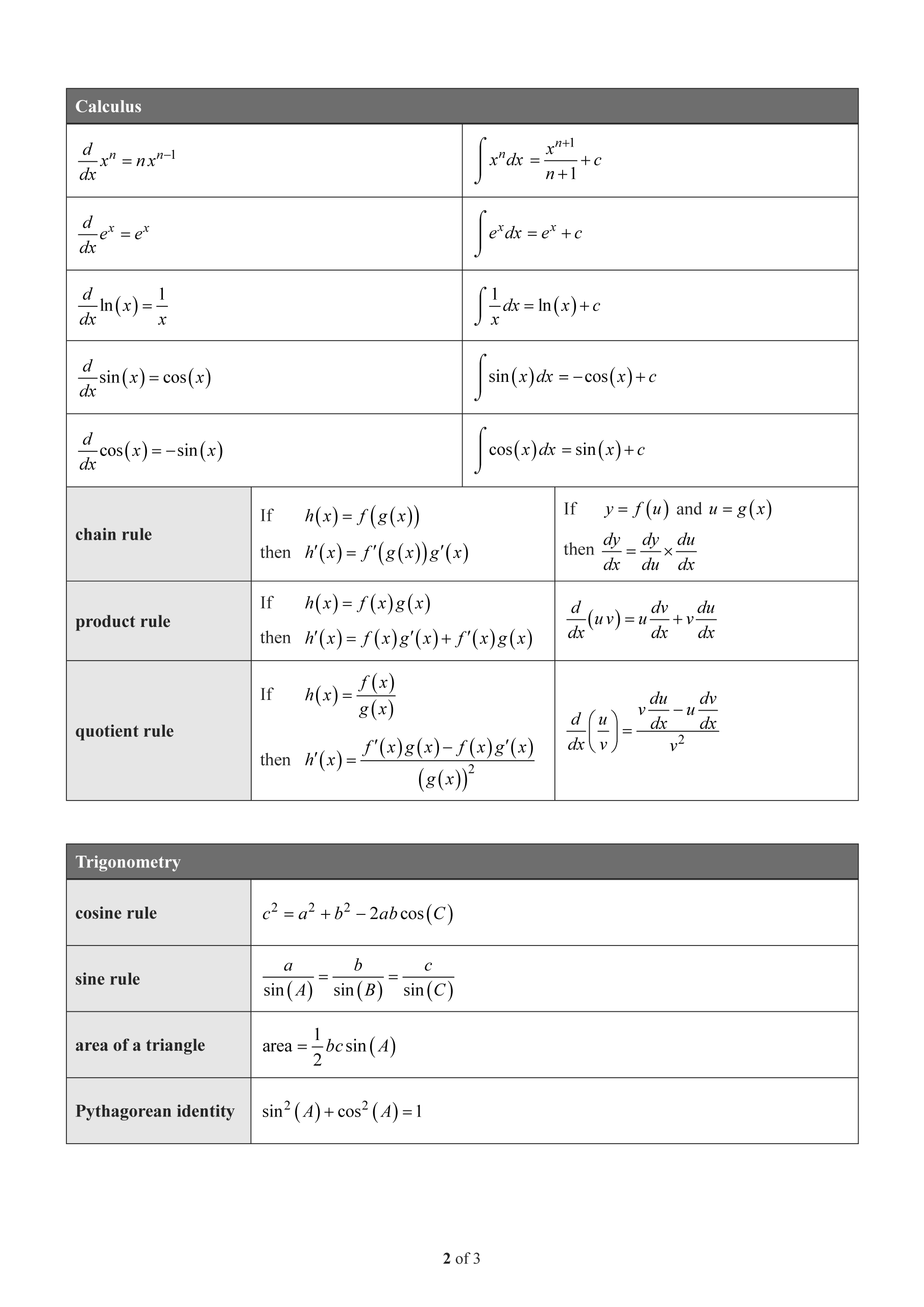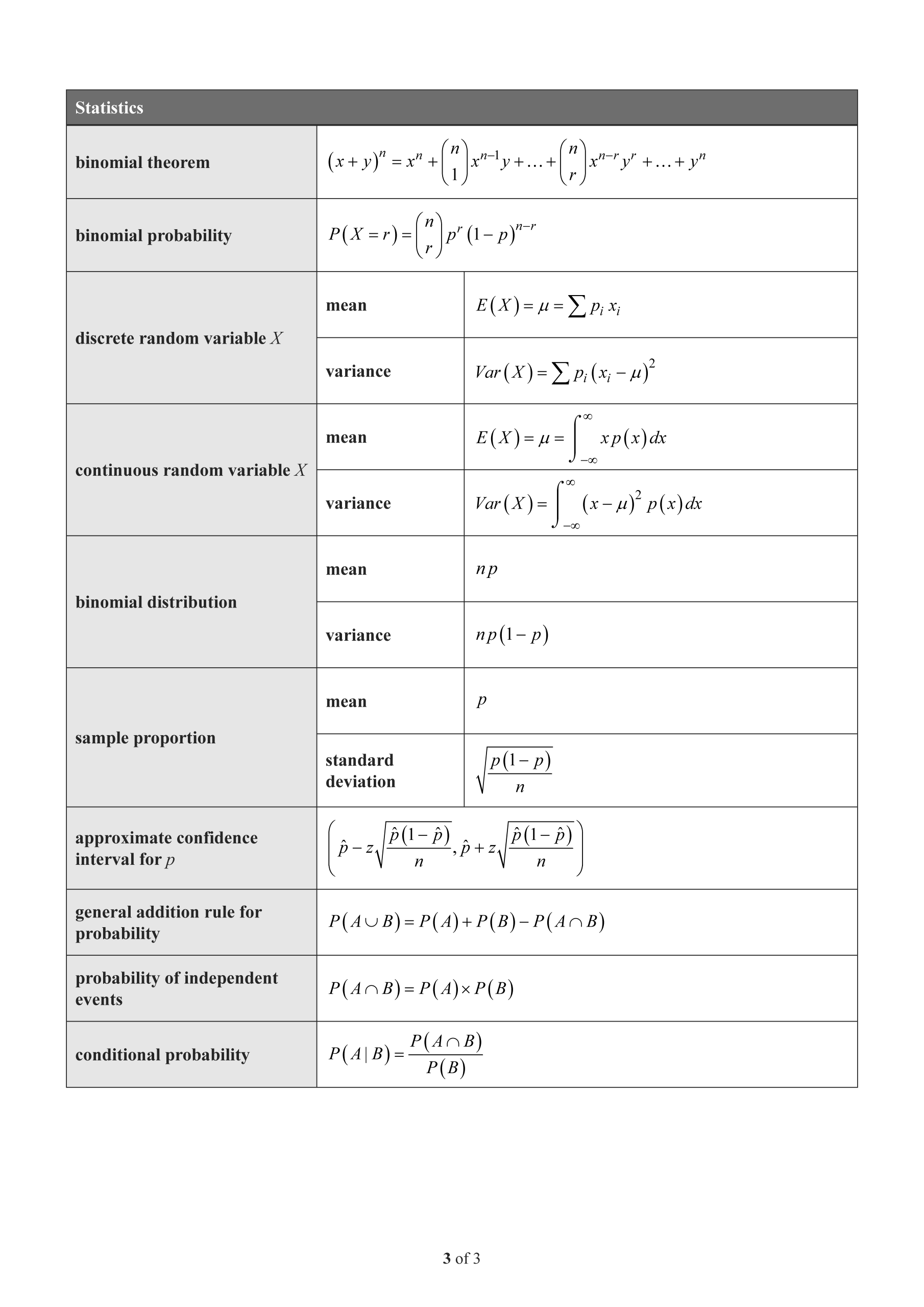QCAA Maths Methods Paper 1 Integral Calculus Mini Test 2
External Assessment Paper 1 — Technology-free
Number of marks: 11
Perusal time: 1 minute
Writing time: 15 minutes
Section 1
Instructions
• This section has 10 questions and is worth 10 marks.
• Use a 2B pencil to fill in the A, B, C or D answer bubble completely.
• Choose the best answer for Questions 1 10.
• If you change your mind or make a mistake, use an eraser to remove your response and fill in the new answer bubble completely.
If the gradient of the function \(f(x)\) is given by \(\frac{20}{x^3}\), then \(f(x)\) is equal to
- (A) \(-\frac{60}{x^4} + c\)
- (B) \(-\frac{5}{x^4} + c\)
- (C) \(-\frac{10}{x^2} + c\)
- (D) \(-\frac{40}{x^2} + c\)
Section 2
Instructions
• Write using black or blue pen.
• Questions worth more than one mark require mathematical reasoning and/or working to be shown to support answers.
• If you need more space for a response, use the additional pages at the back of this book.
– On the additional pages, write the question number you are responding to.
– Cancel any incorrect response by ruling a single diagonal line through your work.
– Write the page number of your alternative/additional response, i.e. See page …
– If you do not do this, your original response will be marked.
• This section has nine questions and is worth 45 marks.
The region bounded by the x-axis and the curve of \(f(x) = x(4-x)\) represents the plan of a garden bed. All measurements are in metres.

a) Estimate the area of the garden bed using sums of the form \(\sum_{i} f(x_i)\delta x_i\) where \(x_1 = 1\), \(x_2 = 2\), \(x_3 = 3\) and \(x_4 = 4\). [1 mark]
b) Use a definite integral to determine the area of the garden bed. [3 marks]
The rate of change in the number of bacteria in a science experiment is represented by \(\frac{dP}{dt} = e^{2t}\), \(t \ge 0\), where \(t\) represents the time (hours) since starting the experiment and \(P\) represents the number of bacteria present (thousands). Initially there are 60 000 bacteria present, i.e. \(P(0) = 60\).
a) Determine the equation for \(P(t)\). [2 marks]
b) Determine the change in the number of bacteria during the third hour. Express your answer in terms of \(e\). [2 marks]
c) Determine how long it will take for the number of bacteria present to double after starting the experiment. [2 marks]
END OF PAPER


